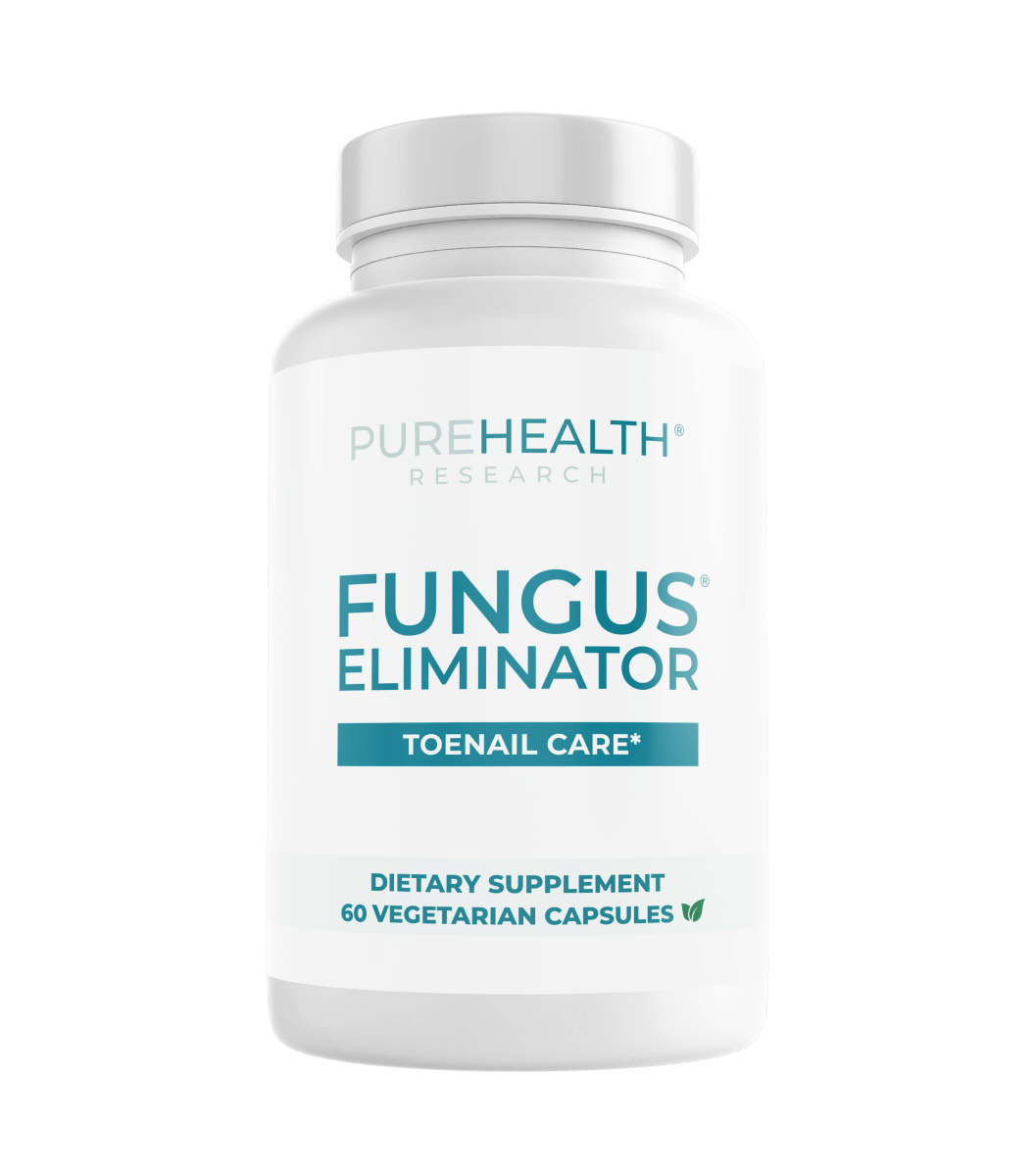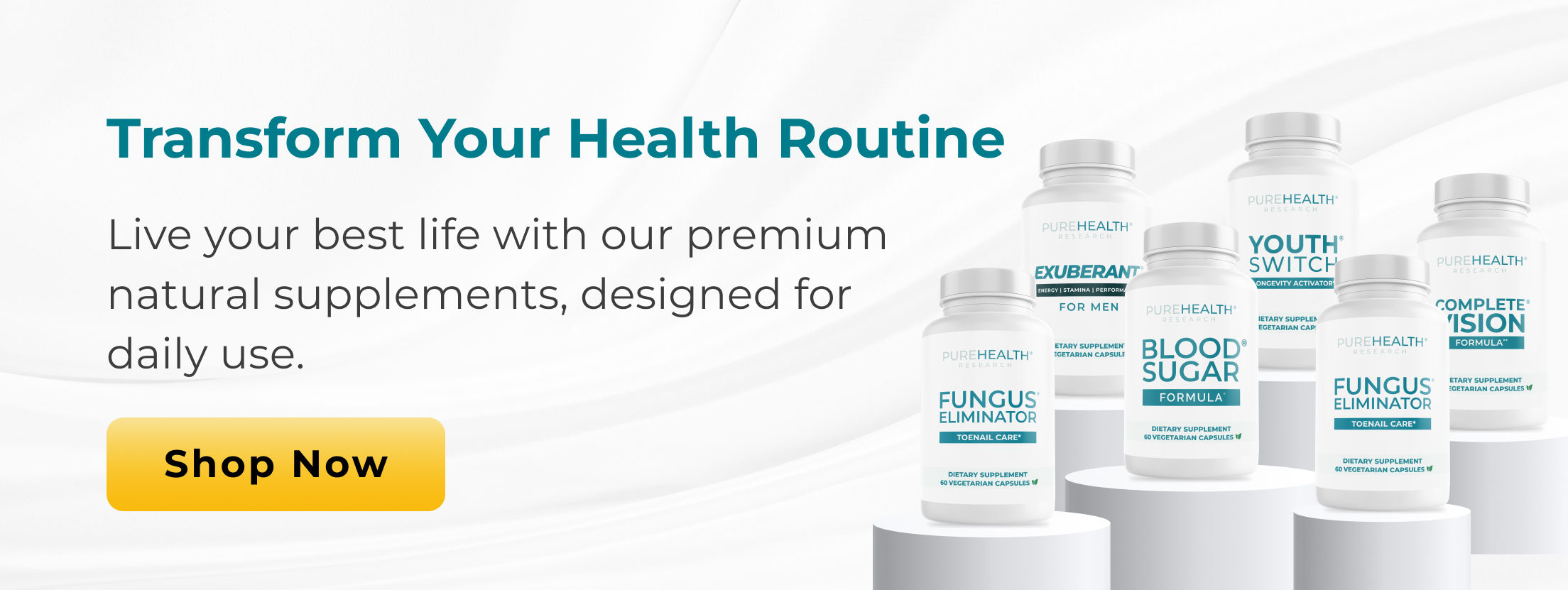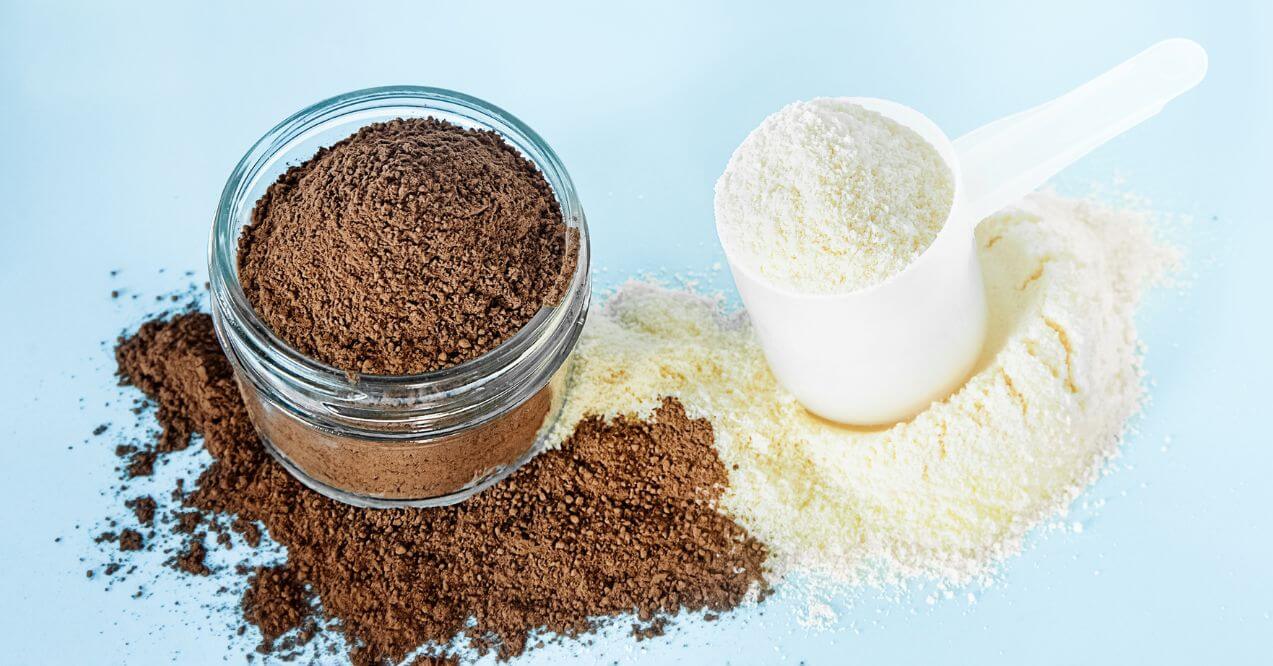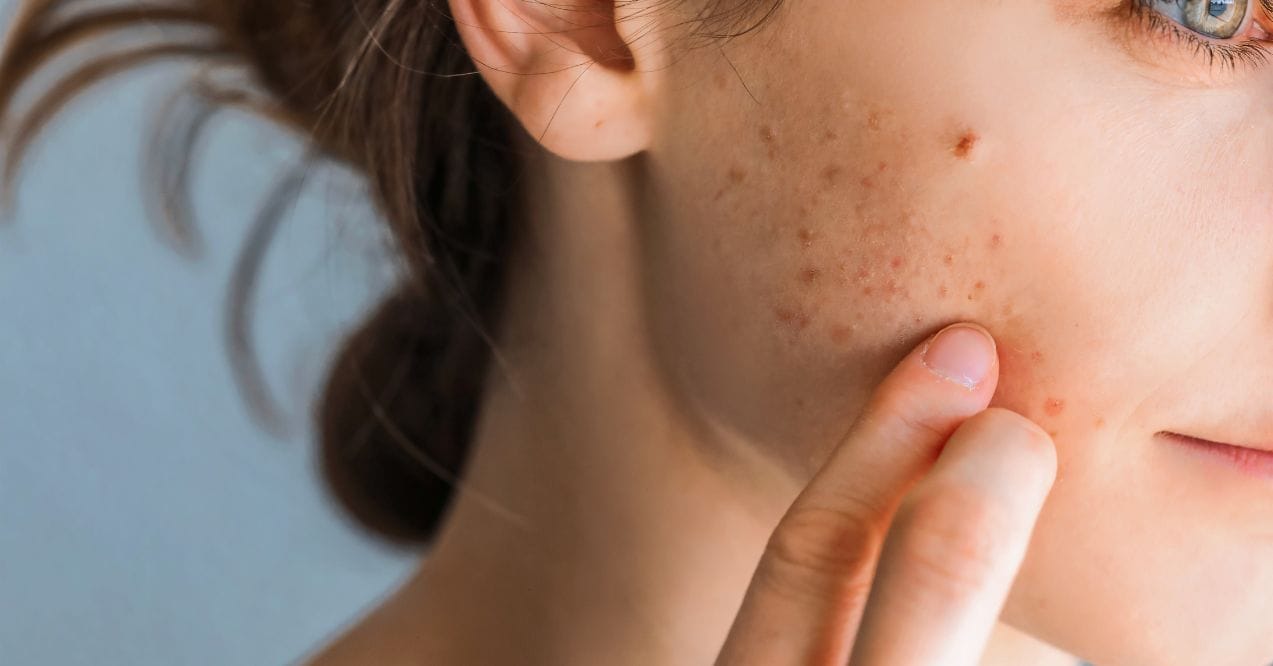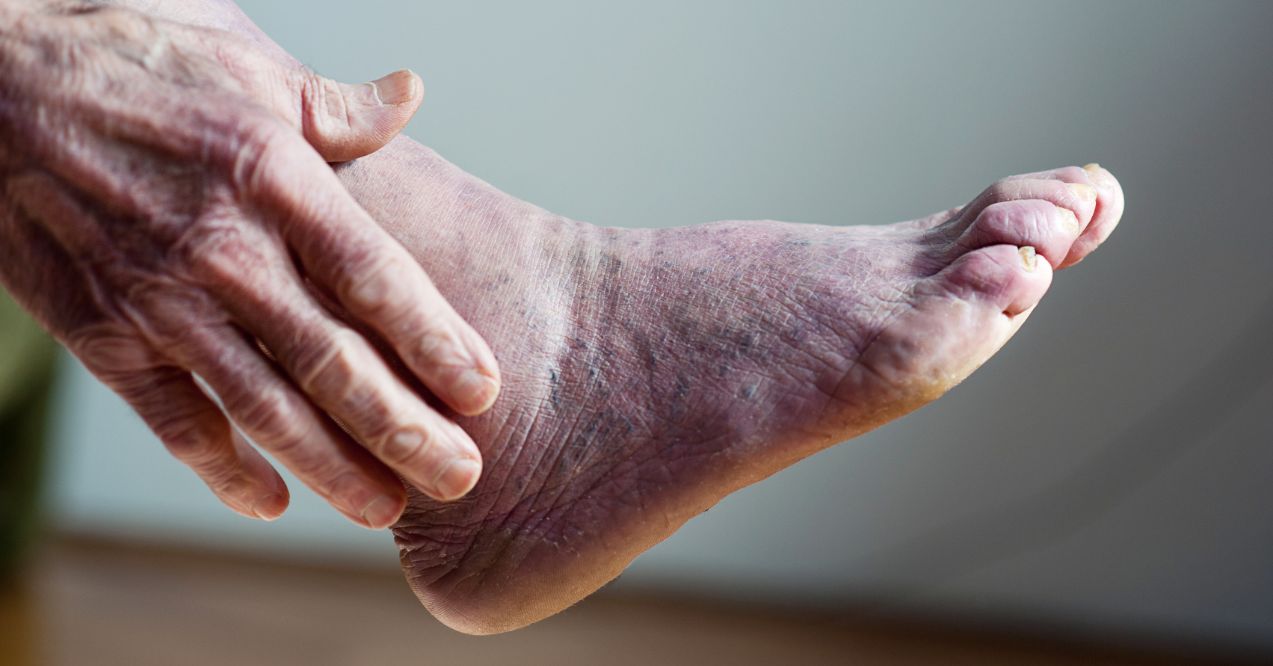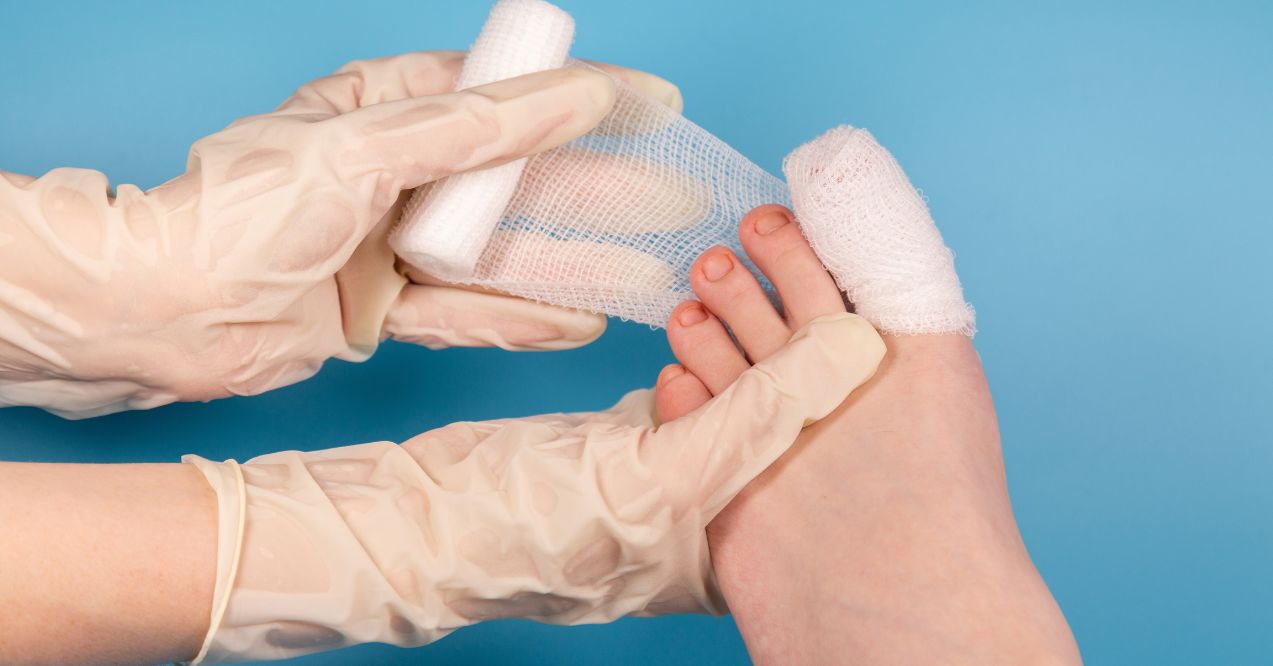Why Do My Toenails Smell? Sign of Unhealthy Feet
Medically reviewed by our experts
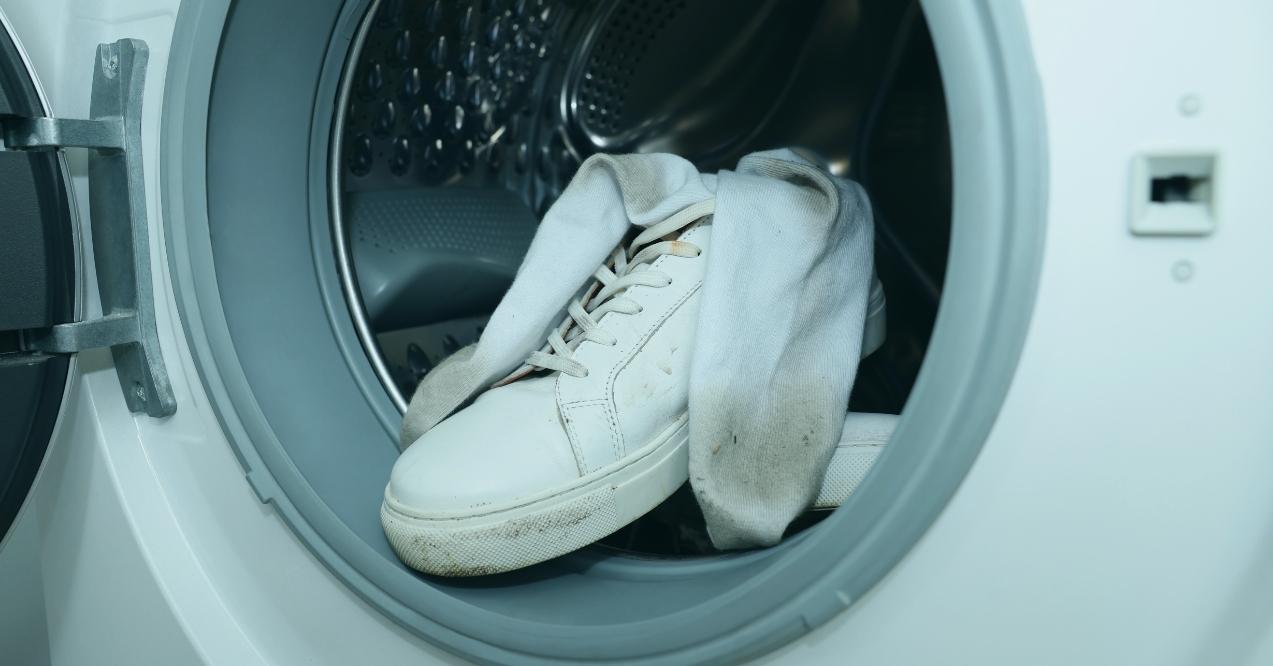

Why do my toenails smell? This intimate yet universal question echoes the concerns of many. Navigating this sensitive topic requires more than just a quick online search—it calls for an exploration into the underlying health and hygiene factors that often go unspoken.
Our feet, cocooned and often overlooked, hold a narrative that is intricately connected to our overall well-being. When an unusual odor emanates, it becomes a quiet alarm urging us to listen, learn, and act.
In this guide, we venture together into a world where science, health, and personal experience intersect. We’ll transform a potentially awkward topic into an empowering journey of discovery and resolution. Each section is crafted to be a resource, combining medical insights with actionable steps to restore both confidence and comfort.
Why Do My Toenails Smell?
The unpleasant odor emanating from feet and toenails, scientifically known as Bromodosis, is often characterized by a musty, damp, or slightly sour scent. It’s typically a result of fungal or bacterial infections that thrive in moist, warm environments. This smell is accentuated when the feet have been confined in shoes for prolonged periods, exacerbating the growth of odor-causing microorganisms. Proper hygiene and foot care are essential in managing and preventing the recurrence of this distinctive odor.
This complex problem can appear due to several variables, and recognizing the underlying causes is critical to managing and preventing the problem. Understanding the factors stated below can help explain why toenails occasionally generate a foul odor.

1. Sweaty Feet
Ever noticed your feet getting sweaty and a bit smelly, regardless of the weather? You’re not alone. According to WebMD, up to 15% of people have an above-average foot odor, thanks to a bacteria called Kyetococcus sedentarius that makes sweat smell like rotten eggs. This issue can be more prominent in women and teenagers due to hormonal changes, and in those with a condition called hyperhidrosis that causes excessive sweating. The type of shoes you wear, long periods of standing, and stress levels can also turn up the sweat, giving those odor-causing bacteria a field day.
2. Bacterial Activity
Our feet, often covered by shoes and socks, become a warm, damp home for bacteria. Although usually harmless, these bacteria can create an unpleasant odor when they break down sweat and skin cells. A study found the main culprit is a chemical called isovaleric acid, produced when the common skin bacteria, Staphylococcus epidermidis, processes sweat. People with a stronger odor tend to have more of another bacteria, Bacillus subtilis, on their feet. Luckily, certain natural fragrances can help reduce the odor without affecting the good bacteria on our skin.
3. Improper Foot Hygiene
Poor foot hygiene is a central factor in foot odor affecting both children and adults. Neglecting regular and thorough cleaning of the feet allows bacteria to flourish, resulting in an unpleasant smell. While shoe materials can worsen the issue, prioritizing foot cleanliness is crucial in prevention and management. For persistent cases, seeking advice from a foot specialist can provide targeted solutions. It’s recommended to wash feet daily with soap, wear clean, dry socks, and choose breathable footwear to significantly mitigate odor issues.
4. Health Conditions
Smelly feet can sometimes be linked to other health conditions. If foot odor persists even with proper hygiene, it might be helpful to consult a professional. Here are some common health-related issues that could be associated:
- Excessive Sweating (hyperhidrosis): This issue often leads to moist conditions where odor-causing bacteria and fungi flourish.
- Hormonal Fluctuations: Changes in hormone levels, especially during times like adolescence or pregnancy, can result in increased perspiration and foot odor.
- Blood Sugar Levels: Imbalances in blood sugar can create an environment where bacteria and fungi, and the resultant odors, thrive.
Managing these underlying issues along with maintaining foot hygiene can significantly alleviate foot odor.
5. Fungal Nail Invasions
Are you troubled by an unpleasant odor emanating from your toenails? This issue is not uncommon, and more often than not, it’s the result of fungal nail invasions that have made themselves at home in the warm, moist environment of your shoes and socks.
Let’s tackle this head-on. Fungi thrive in these conditions, adversely affecting the toenails. As they feed on the nails, an unmistakable odor emerges. You might also observe your nails becoming discolored, thicker, or even separating slightly – all signs that prompt immediate attention.
Here’s the course of action: impeccable foot hygiene is your first line of defense. Clean, dry feet, including between your toes, and an aversion to walking barefoot in public, damp areas will make a significant difference. Change your socks whenever they feel damp, and rotate your shoes so they dry. Persistent odor, however, signals the need for professional consultation.
What Are the Main Types of Fungal Nail (Mycotic) Invasions?
Unpleasant odor from the toenails is often linked to fungal spores. These invasions can change the appearance and smell of your nails, making them an issue that requires attention.
Most Popular Types of Mycotic Nails – Onychomycosis
Type 1: This fungus affects the top layers of the nail, causing it to become discolored and crumbly. It’s generally a result of exposure to moist environments, like public swimming pools or showers, where fungi thrive. Addressing it early with appropriate foot hygiene and immediate natural or medicinal attention disables the fungi’s survival and alleviates further progression. Delaying action allows the fungus to enter where topicals can’t reach, creating a systemic problem.
Type 2: This is a more severe form where the entire nail structure is impacted. The nail becomes thick, dark, and might separate from the finger or toe, indicating an advanced stage.. The fungi have rooted into your nailbed and could affect the surrounding skin. The fungi could enter your bloodstream through cracked skin or weakened veins and reach any organ. Systemic natural solutions or medical treatment are necessary to deactivate the fungi’s lifecycle and preserve your overall health.
Type 3: Nail fungus is progressive if left unattended. Starting and stopping treatments can strengthen the fungi’s defenses, making them even more stubborn to deal with. Fungi are a systemic problem and result in nail discoloration and thickness starting at the edge and can nail disfiguration and loss of the nail.Remember to use aqua socks at public pools and saunas and avoid going barefoot in public places where you’re exposed to damp conditions where fungi thrive. Professional evaluation using systemic natural solutions or medical treatment is essential to disarm the fungus and preserve your health..
Type 4: This type is particularly concerning as it is often linked to other underlying health issues. It begins near the cuticle and spreads to the nail tip. Seeking professional advice is not just about addressing the nail issue but also essential in evaluating overall health.
Less Common Types
There are also other less common types of fungal nail invasions that are important to be aware of:
- Yeast Infections: Generally impacting the fingernails, it’s often a sign of an immune system not working at its peak efficiency. It is mainly caused by Candida infection.
- Brown/Black Discoloration: A rare condition resulting in a brown or black discoloration of the nail caused by specific fungi like Scytalidium, Alternaria, and Exophiala.
- Interior Nail Plate Infection: Another uncommon type, where the problem is limited to the inside of the nail plate, not extending to the nail bed.
If you’re noticing a persistent, unusual odor from your toenails, coupled with changes in color or texture, it’s a telltale sign that fungus has taken root.. These invasions are frequent due to the warm, moist conditions inside your shoes, an environment where fungi thrive.
Taking immediate action by maintaining impeccably clean, dry feet and seeking professional advice if you notice signs of an invasion is paramount. Timely intervention can thwart further complications, ensuring the restoration of your toenails to optimal health and putting a stop to the unpleasant odor.
Do I Have a Fungal Skin or Nail Problem?
An unwelcome odor from your feet can often point towards a fungal issue. But is it your skin or your nails that are the problem? Here’s how to tell the difference.

Skin-Related Fungal Problem Symptoms
- Itching or burning sensation between the toes or on the soles of the feet
- Red, scaly, cracked, or peeling skin
- Blisters or softening and breaking down of the skin
- Dry skin or excessive moisture
If you’re experiencing any of these symptoms, you might be dealing with a skin-related fungal issue, often referred to as athlete’s foot. It thrives in warm, moist environments, making spaces between your toes, socks, and shoes the perfect breeding ground.
Nail-Related Fungal Issue Symptoms
- Discoloration of nails, turning them white, yellow, or even brown
- Thickening or distortion of the nail shape
- Crumbling or splitting nails
- Nails lifting off the nail bed with a thick whitish substance beneath
- An unusual odor from the nails
These signs typically point to onychomycosis, a nail-related fungal issue that was discussed in the preceding section. This condition can arise from the progression of skin-related fungal invasions or through direct exposure to fungal spores.
How Do I Prevent Smelly Toenails?
The scent coming from toenails can often be attributed to a combination of factors, including moisture, bacteria, and lifestyle habits. Here are steps to enhance foot hygiene and freshness:
1. Enhance Foot Hygiene
- Wash your feet every day with light soap and warm water.
- Take extra care of the places between the toes and beneath your nails.
- Gently clean your feet with a gentle brush to remove dead skin cells.
- After washing your feet, make sure to properly dry them, including between your toes. Moisture promotes bacterial and fungal growth, which contributes to odor.
2. Select Breathable Footwear
- Pick shoes made of breathable materials such as leather or mesh.
- Maintain your feet dry by wearing moisture-wicking socks.
- Change your shoes. Allow them to air out between wears. Also, rotate among the various pairs to ensure thorough drying.
Interesting Note: A surge in research on antifungal textiles suggests a promising future for managing conditions like smelly toenails. Scientists are exploring fabrics with built-in antifungal properties to disrupt the growth and transmission of fungi, potentially offering a preventive and treatment measure for fungal infections. While these innovations are still in the research phase, they hold the promise of enhanced foot hygiene and health, mitigating issues such as unpleasant odors.
3. Proper Nail Trimming
- Trim your nails regularly to keep them neat and clean.
- Ensure your trimming tools are clean to maintain hygiene.
4. Consider Over-The-Counter Products
- If odor persists, there are over-the-counter products designed to address foot odor which you might consider trying. Always consult with a professional for personalized advice.
5. Seek Professional Advice If Needed
- If you’re concerned about persistent odor, consider seeking advice from a professional who can provide personalized recommendations based on your specific situation.
6. Explore Natural Options
- A study demonstrated the effectiveness of a seaweed-based antibacterial foot care gel in removing foot odor, restricting the growth of odor-causing bacteria, and leaving the feet feeling fresh, cool, and smooth. This gel performed better than other commercial products, presenting a promising natural option for foot odor management.
- A spray developed from the organic compounds of neem, turmeric, and mango ginger has shown promising results in inhibiting microbial growth on feet, reducing sweat and odor caused by bacteria.
7. Ongoing Maintenance
- Once you eliminate the odor, maintain appropriate foot hygiene to prevent it from returning.
- Avoid sharing personal stuff like socks and shoes.
Remember, these are general tips and it’s always best to seek personalized advice from a professional for specific concerns or persistent issues. Each individual’s situation can be different, and tailored advice ensures the most effective approach to addressing foot odor.
In the context of toenail fungus, you might also wonder how to know if toenail fungus is dying. This is crucial as it can help you understand if your treatment is working. When toenail fungus is dying, you may notice that the discoloration is fading and the nail is starting to return to its normal color. The thickness of the nail may also decrease. However, it’s important to continue your treatment until all symptoms have completely disappeared to ensure the fungus is completely eradicated.
Supplemental Approach to Smelly Toes
Traditional topical treatments, while beneficial, sometimes face challenges in reaching the deeper layers of the nail bed where the fungus (and the smell) thrives. Consequently, the effectiveness of these treatments can be limited.
In light of this, dietary supplements that aim to address the issue from within have emerged. One such option is our Fungus Eliminator. suggested for its natural, science-backed ingredients designed to disable fungus system-wide.
- Wormwood: Known for its antifungal properties, contributing to the body’s defense against various fungal strains.
- Caprylic Acid: Recognized for its rapid action in dismantling fungus cell integrity..
- Turmeric: Esteemed for supporting immune functions and markedly inhibits fungus..
Additional components like basil leaf, oregano, garlic bulb, and olive leaf extract are included for their antimicrobial properties, enhancing the body’s defense against fungal spores and promoting overall immune health.
While supplements like Fungus Eliminator offer an avenue for addressing toenail fungus from within, it’s always paramount to seek a comprehensive approach tailored to individual needs and health statuses. By coupling internal support with external hygiene practices and professional medical guidance, achieving healthy toenails becomes a more attainable goal. Click here to browse our collections and find the perfect item for you.
For more detailed steps and insights on comprehensive treatment, explore our guide on how to defeat toenail fungus, where we delve into a range of effective strategies, preventive measures, and tips to restore the health and appearance of your toenails.
Conclusion
Equipped with this information and answering the question: why do my toenails smell, we can now take the required proactive steps that can result in not only odor-free toes but also better, healthier feet primed to take us anywhere we want to go. So, let us take a stride ahead and recognize the significance of having healthy feet to ensure our full vitality.
The information provided in this blog is for educational purposes only and should not be construed as medical advice or a substitute for professional care.
Toenail odor, or Bromodosis, is primarily caused by fungal or bacterial infections thriving in moist, warm environments, often exacerbated by prolonged shoe wear.
Bacteria break down sweat and skin cells, releasing unpleasant odors. Specific bacteria like Kyetococcus sedentarius and Staphylococcus epidermidis are common culprits.
Signs include discoloration of nails, thickening or distortion of the nail shape, crumbling or splitting nails, and an unusual odor from the nails.
Popular Articles
Advertisement. This site offers health, wellness, fitness and nutritional information and is designed for educational purposes only. You should not rely on this information as a substitute for, nor does it replace, professional medical advice, diagnosis, or treatment. If you have any concerns or questions about your health, you should always consult with a physician or other health-care professional. Do not disregard, avoid or delay obtaining medical or health related advice from your health-care professional because of something you may have read on this site. The use of any information provided on this site is solely at your own risk.
